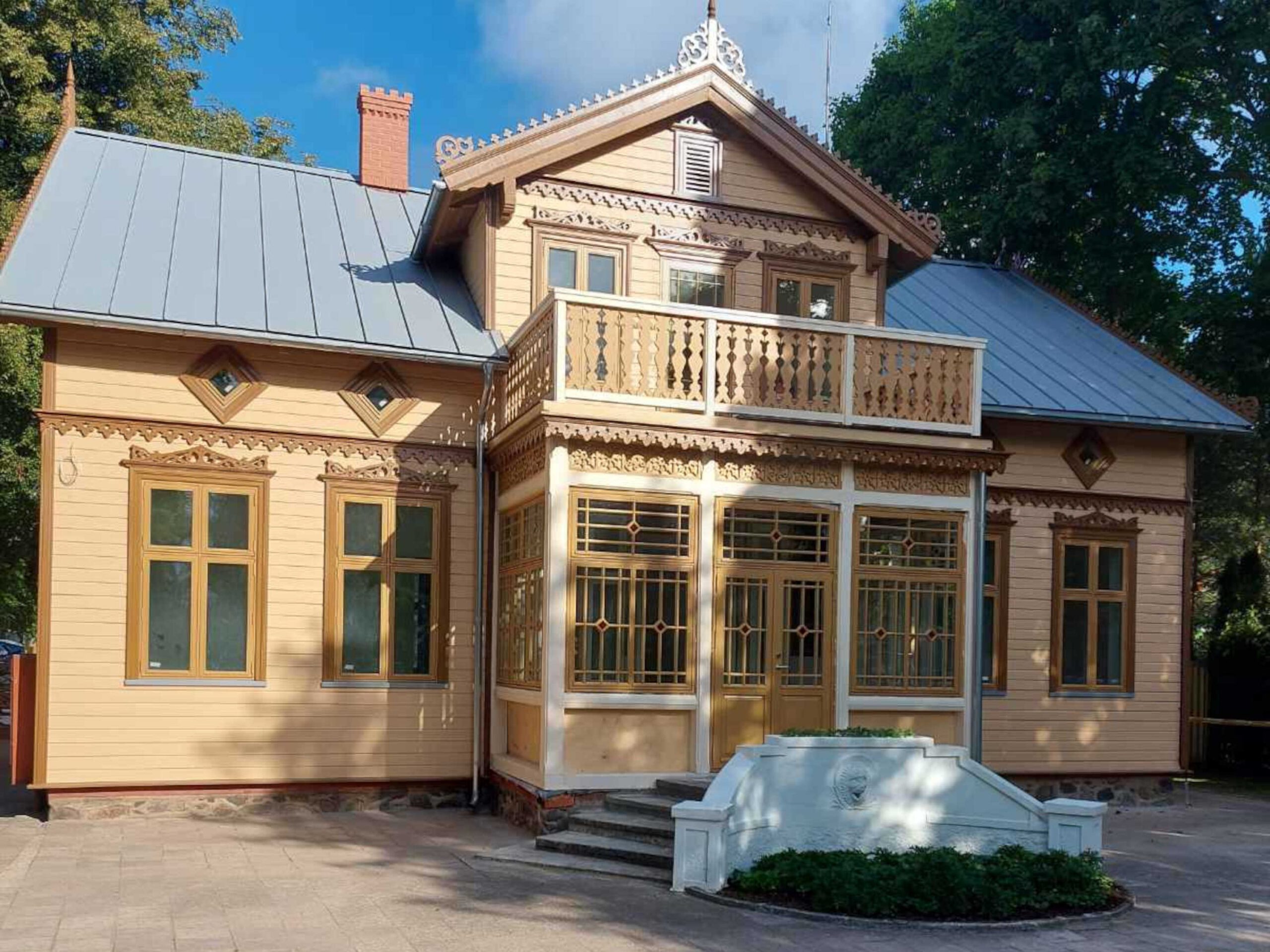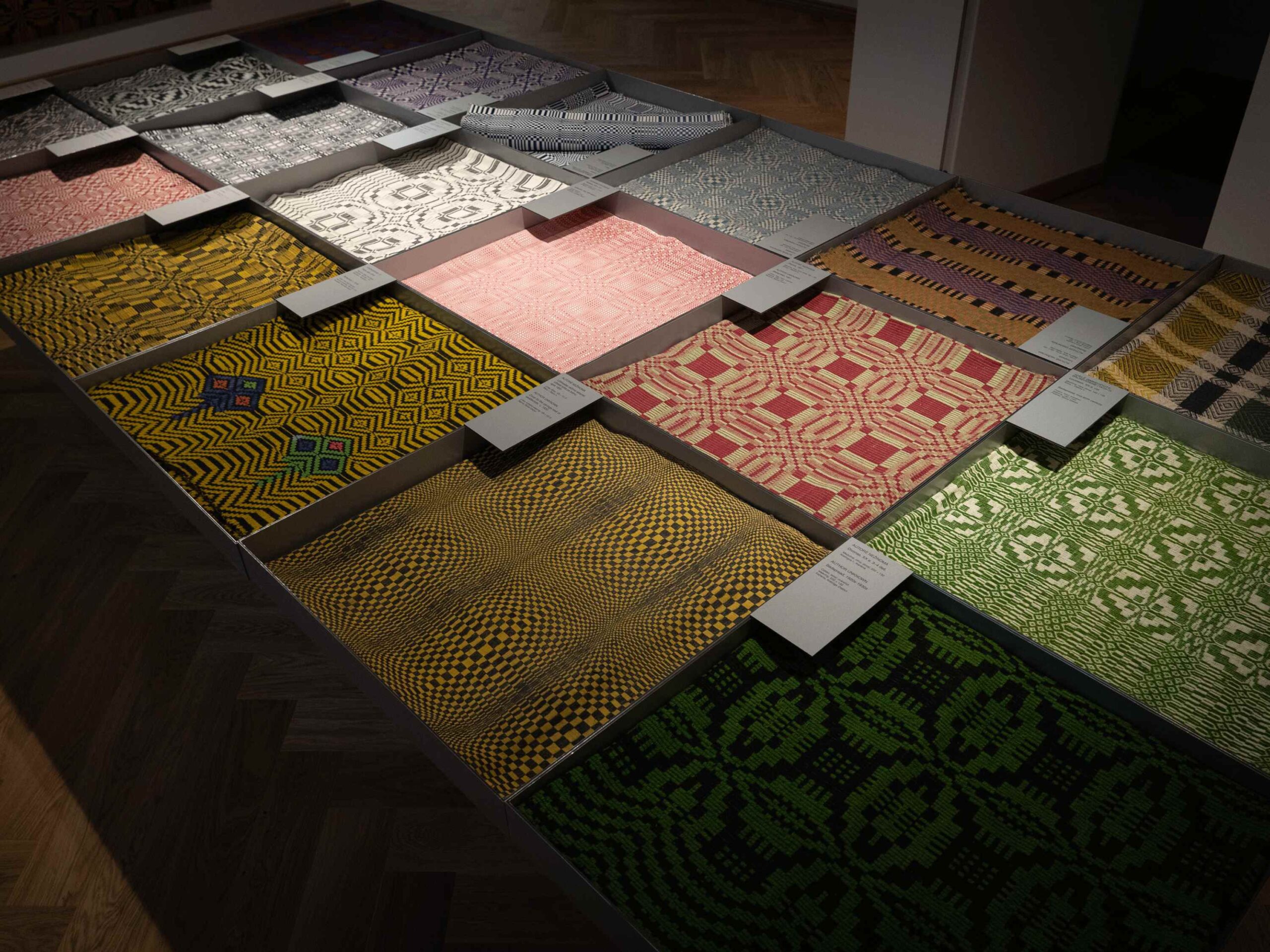
The life and work of a global Lithuanian
ATTENTION! There is currently no constant exposition in the museum, but we invite you to come and see the museum’s temporary exhibitions.
Plan your visit
Last tickets are sold half an hour until museum closing hours.
Ticket prices for constant exposition (currently closed) and temporary ehxibition
- Adult – 4,00 €
- Concessions* – 2,00 €
Ticket prices for temporary ehxibition
- Adult – 2,00 €
- Concessions* – 1,00 €
Family ticket for constant exposition (currently closed) and temporary ehxibition
- 1 adult and 1–4 children – 6,00 €
- 1 adult and 1–4 children, with admission to learning programmes – 9,00 €
- 2 adults and 1–4 children – 10,00 €
- 2 adults and 1–4 children, with admission to learning programmes – 13,00 €
Additional services
- Guided tour in Lithuanian or other language for a group (up to 10 people) – 10,00 € + museum visitor’s tickets
- Guided tour in Lithuanian or other language for singular registered adult visitors – 2,00 € + museum visitor’s ticket
- Educational activity for children from 4 years of age and school students – 2,00 € or 3,00 €
- Educational activity for adults – 5 €
Expositions are free of charge for the following visitors:
pre-school children; orphans and children who have lost guardianship by their parents; people with a disability and their one accompanying person; persons from 80 years of age; employees of Lithuania’s museums; members of the International Council of Museums (ICOM); residents of children care homes and socially supported children; teachers accompanying groups of schoolchildren; Vilnius Pass card holders (valid for visiting The New Arsenal, The Old Arsenal, The House of Signatories, Gediminas Castle Tower, The Bastion of the Vilnius Defence Wall, Kazys Varnelis House-Museum, House of Histories); students of Lithuanian art schools for children and youth; students of Vilnius College of Technologies and Design; students of Balys Dvarionas decennary music school; members of the Lithuanian Association of Art Historians; members of the International Association of Art Critics; members of the Lithuanian Association of Archaeologists; guides with valid guide ID; guides accompanying groups of tourists; employees of the Cultural Heritage Department at the Ministry of Culture and its territorial branches; cadets and conscripts from General Jonas Žemaitis Military Academy of Lithuania; soldiers of the Lithuanian Grand Duke Gediminas Headquarters Battalion; members of the Lithuanian army volunteer union; employees of Lithuanian Post; journalists; Family Card holders; students of Vilnius Academy of Arts; students of the Faculty of History at Vilnius University; citizens of Ukraine; organised migrant groups; all visitors on the last Sunday of each month.
Educational activities of the National Museum of Lithuania’s expositional locations are free of charge for the following visitors:
children under 3 years of age; residents of children care homes and socially supported children; people with a disability and their one accompanying person; teachers accompanying groups of schoolchildren.
Concessions are applied upon the visitor providing valid ID that prooves right to specific concessions. This ID requirement does not apply to pre-school children and all visitors on the last Sunday of each month.
Information for disabled visitors: exhibition rooms of the Jonas Šliūpas memorial homestead do not have wheelchair access.
General visitor regulations of the National Museum of Lithuania
Guided tours are available in Lithuanian, English languages. Guided tours must be ordered in advance by phone or e-mail (+370 685 35 914, [email protected]).
The tours in the museum are only led by the museum tour guides or the tour guides from the institution with which the museum has concluded an appropriate agreement.
The museum is open to visitors during the regular opening hours. Please read relevant information regarding COVID-19 before visit: click here (link)





About us
Visit the 19th century wooden villa built by counts Tiškevičiai, which was the home of Palanga’s first burgomaster Jonas Šliūpas from 1931 to 1944, and feel the spirit of this progressive and uncopromising personality. The constant exposition on Jonas Šliūpas is currently in developement. Meanwhile, we invite you to visit the museum’s temporary exhibitions and follow us on social media for all upcoming information.
What will you see?
The renewed Jonas Šliūpas museum is currently housing paintings of the world-renowned artist Kazys Varnelis from Kazys Varnelis House-Museum of the National Museum of Lithuania.
What will you learn?
The museum exhibition presents Šliupas’s intense political, social and private lives. Particular attention is paid to the final chapter in his life, which was spent in Palanga, at the time considered by Lithuanians to be an insignificant town at the end of the world. During the interwar period of Lithuania’s independence, Šliupas became Palanga’s first burgomaster. He transformed the town into a popular resort and a pleasant place for locals to live, and contributed to the rebuilding of Palanga after a large portion of it was destroyed by fire.
The exhibition also introduces visitors to two women – Liudvika Malinauskaitė-Šliupienė and Grasilda Griauslytė-Šliupienė, who accompanied Šliupas at different stages in his life. For those times, these women’s activities and personalities were just as exceptional as Šliupas’s.
History of the building
The museum is located in a typical one-story wooden villa with an attic. Its architectual features—an ornamental cut wooden cornice and a glassed-in veranda—are typical of the resort town’s buildings.
At the end of the 19th century this wooden home belonged to the aristocratic Tiškevičius family, who rented it out to their courtiers, who, in turn, let it to summer holidayers. During the First World War the German army used it as a topography office which tracked shifting Baltic Sea shorelines following storms. When Palanga joined the territory of the newly independent Lithuanian state, most of its villas and guesthouses changed hands once again.
In the summer of 1930, the promoter of Lithuanian national identity Jonas Šliūpas moved to Panaga. He purchased a house opposite this historic villa, which soon became his home and workplace. In 1933 Palanga obtained restort town status thanks in large part to Šliūpas’s efforts and he himself was elected its first burgomaster. The villa became the burgomaster’s residence and the home of this important Lithuanian political figure until 1944.
The Dr. Jonas Šliūpas Memorial Museum opened here 1989 and became a branch of the National Museum of Lithuania. In 2020 it was renamed the Palanga Burgomaster Jonas Šliūpas Museum, with a memorial plaque by sculptor Petras Gintalas.
Contacts
Address
How to find us?

